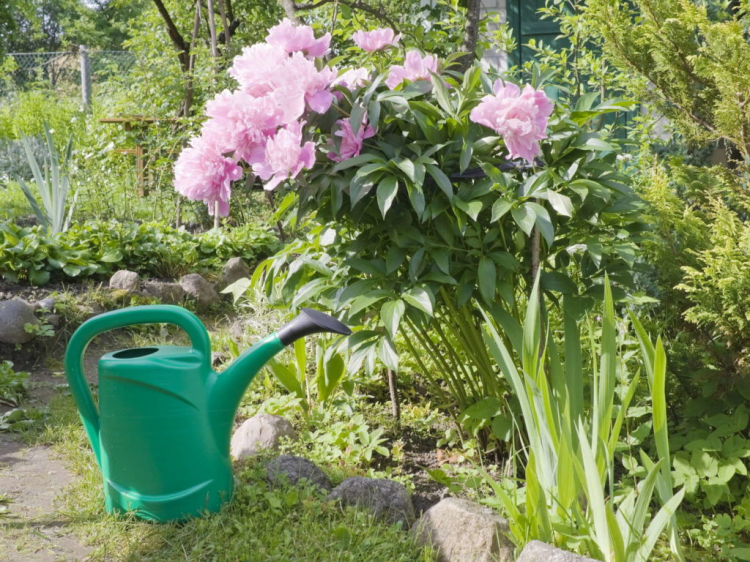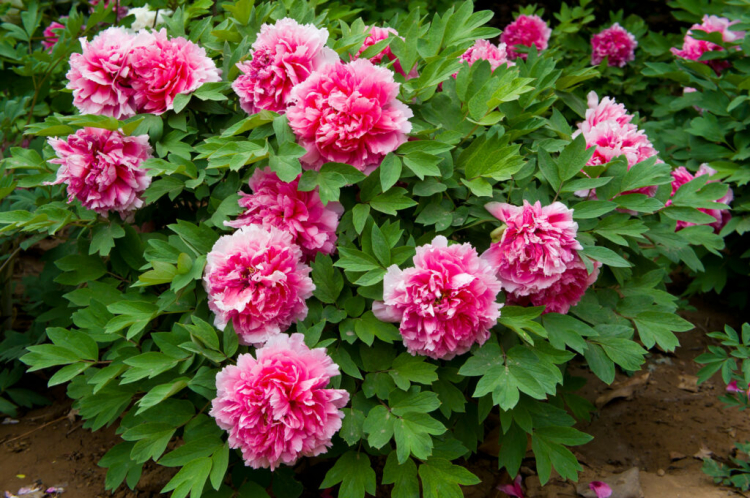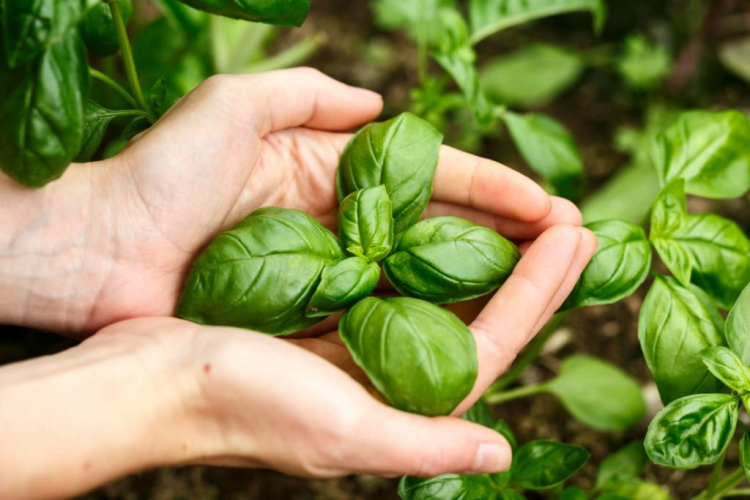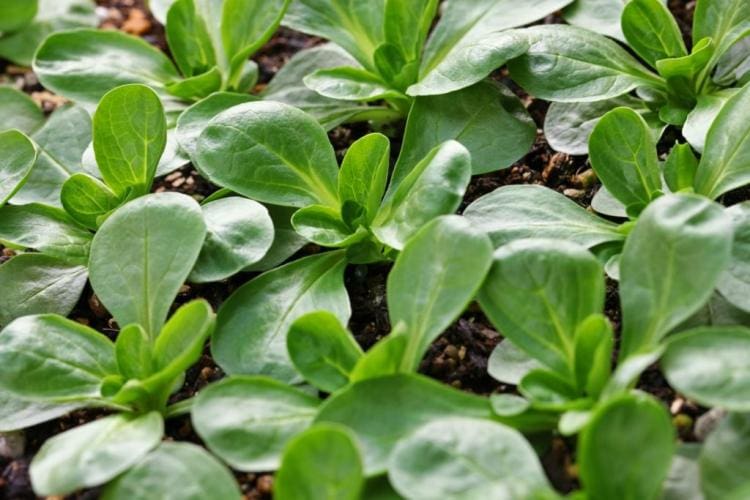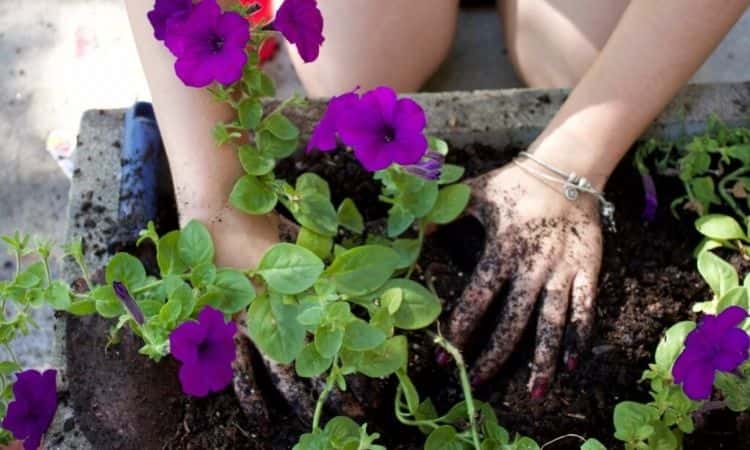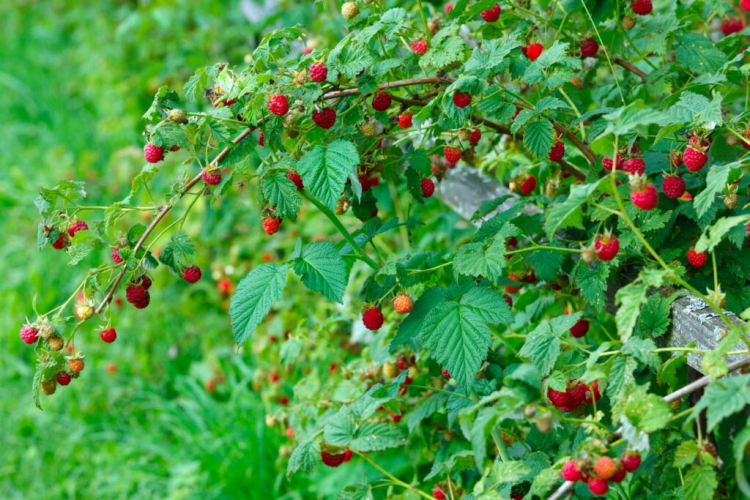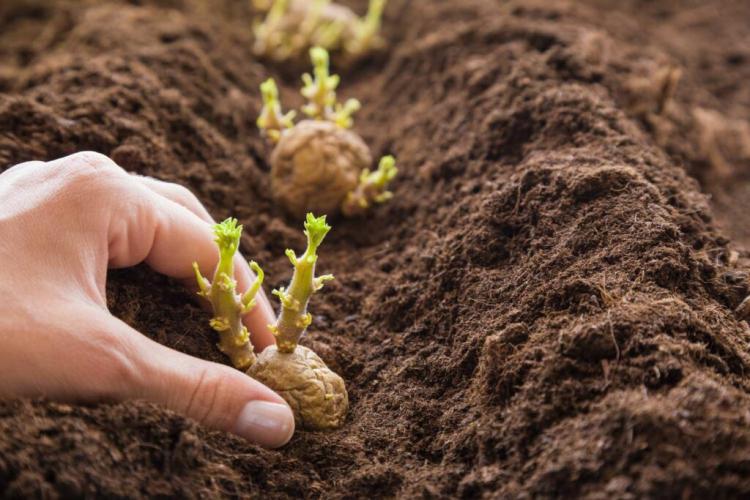Peonies Transplanting: Location, Timing And Instructions
The garden is being redesigned or the peony no longer has enough space in its place? We give helpful tips for transplanting your peonies. Before the peonies ( Paeonia ) displace other plants in their place in the garden with their dimensions, it is better to transplant the former to a new location. We have summarized for you when the peony should best be replanted and what conditions the new location should have.
Transplanting peonies: the choice of location
Table of Contents
In order for the peonies to live in their future place for many years, they must be well chosen. However, there are differences between the shrub and herbaceous peony that need to be taken into account. The location of the shrub peony is the more complicated of the two: it should be airy and free, but not characterized by a cold draft.
A windbreak in the back of the plant is beneficial here, even if this means that it cannot be viewed from all sides. In the deep shade, the plants will wither, so the sun should shine on them for at least half of the time of day.

Another important factor is the size of the space. The location of a shrub peony should be at least 1 m2 because species like Paeonia delavayi can easily grow to 5 m wide. In addition to the correct pH value (6.0 – 8.0), an adequate drainage effect is also essential. Waterlogging is an immensely great stress factor for every bush peony. If the existing soil contains high proportions of sand, its effect is sufficient. In the case of heavy clay soils, however, it is advisable to loosen it up and mix it in the sand.
In contrast, herbaceous peonies cause much less headache when it comes to choosing a location. Their tolerance range goes from loamy to light soil and from calcareous to slightly acidic (pH value 5 – 6) subsoil. The perennial peonies prefer a sunny location but also bloom in partial shade. The only important factor is that the planting hole two spades deep below the root ball needs to be worked and possibly improved, as perennial peonies quickly develop deep roots.
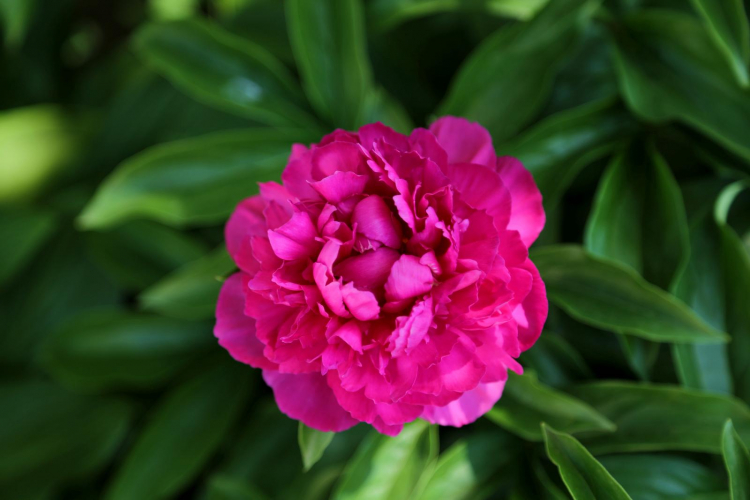
When to transplant peonies?
First of all, it should be said that there are no fundamental differences between perennial and shrub peonies in terms of when to transplant. Old peonies should be transplanted from late summer, as soon as the leaves change color, until late autumn. The peonies should not be transplanted in spring, as the young shoots can break off very easily. Read here why autumn is the best time to plant peonies and other helpful tips.
You might so like: Akebia Quinata: Tips On Location, Planting & Care Of Chocolate Wine
Transplanting peonies: instructions in six steps
As before any project, sufficient time must be allowed for transplanting peonies so that avoidable errors do not come to light later and cause trouble. We have compiled instructions for you below:
1. Determination of type and space requirement
The space required by a peony depends entirely on the height of the respective variety. In most cases, this is 80 – 90 cm for the perennial peonies. However, if smaller varieties such as Paeonia tenuifolia or the varieties ‘Raspberry Rose’ or ‘Gretchen’ are bought, half a meter is also sufficient. This space requirement can be larger for the bush peonies.
2. Choosing the right location and planting time for transplanting peonies
The location should be blessed with at least half a day’s length of sunshine. It should not be completely outdoors, but rather have neighboring plants and / or objects on one or two sides. Autumn is a great time to transplant peonies.
3. Dig up the peony at the old location
When digging out, attention must be paid to the small and especially the large roots. You can find detailed descriptions in our special article on propagating peonies.
You may be interested in Where to Cut Peonies
4. Soil preparation at the new location
The soil in the planting hole should be well loosened and in heavy soils even have built-in drainage in the form of gravel to avoid waterlogging.
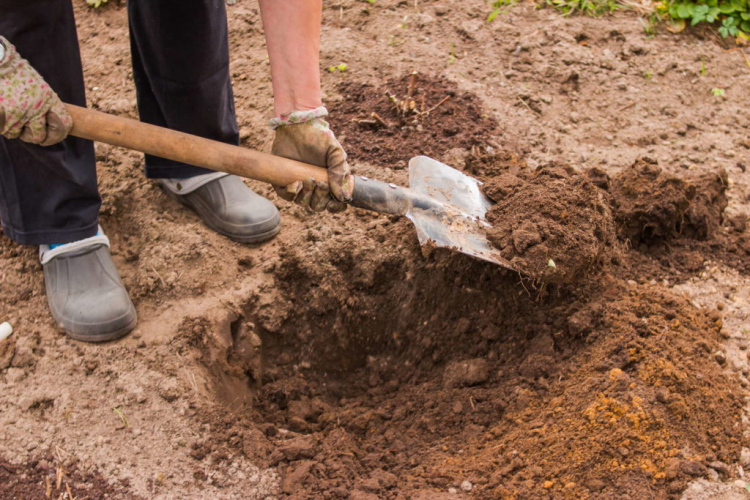
5. Plant the peony in the new location
There are important differences between shrub and perennial peonies and also between grafted specimens and dividing pieces. Shrub peonies are planted so deep that the grafting point (easily recognizable at the point where the slender branch meets the thick root) is 10-15 cm below the surface of the earth. This ensures that the rootstock (root = wild plant species) does not drift through, but only the desired “noble rice” grows and thrives on top.
If it is a question of dividing pieces, these are planted vertically. In young, grafted specimens (noble rice + wild rootstock) it is important to plant them at an angle. This promotes the growth of the noble rice. With regard to your own roots, however, you should also set several new shoots vertically upwards.
You might so like: Hamamelis: Everything To Grow And Care Of Witch Hazels Deciduous Shrub
The perennial peonies, on the other hand, should only be buried 5 cm deep. It is advisable to dig the planting hole and water it, but only bury the plant after a day or two. The reason here is the risk of the earth subsiding together with the peony, which can lead to considerable weakening.
6. Care for the peony after transplanting
After planting everything is watered again. A further supply of water is only required during long dry periods during the growing season.
